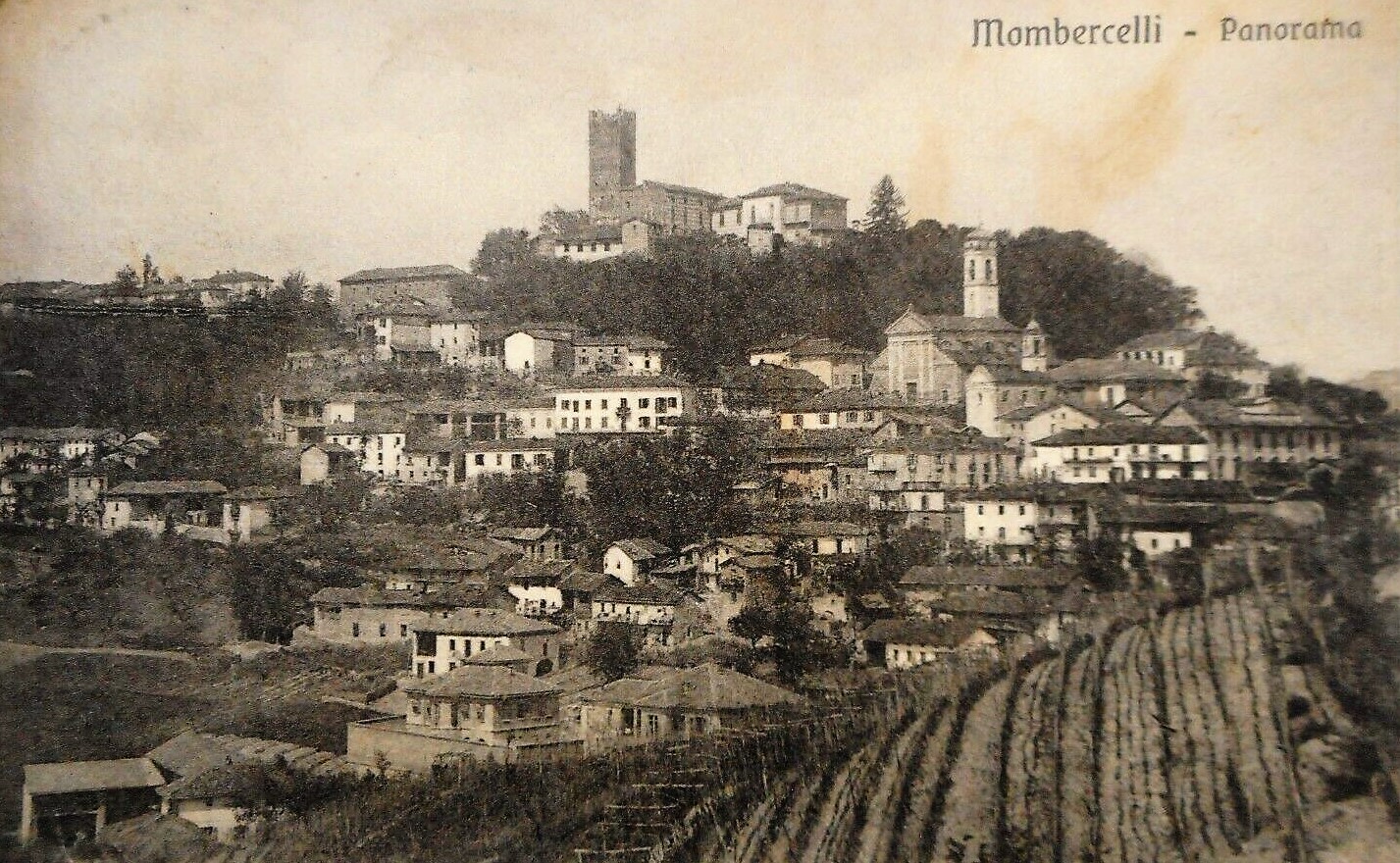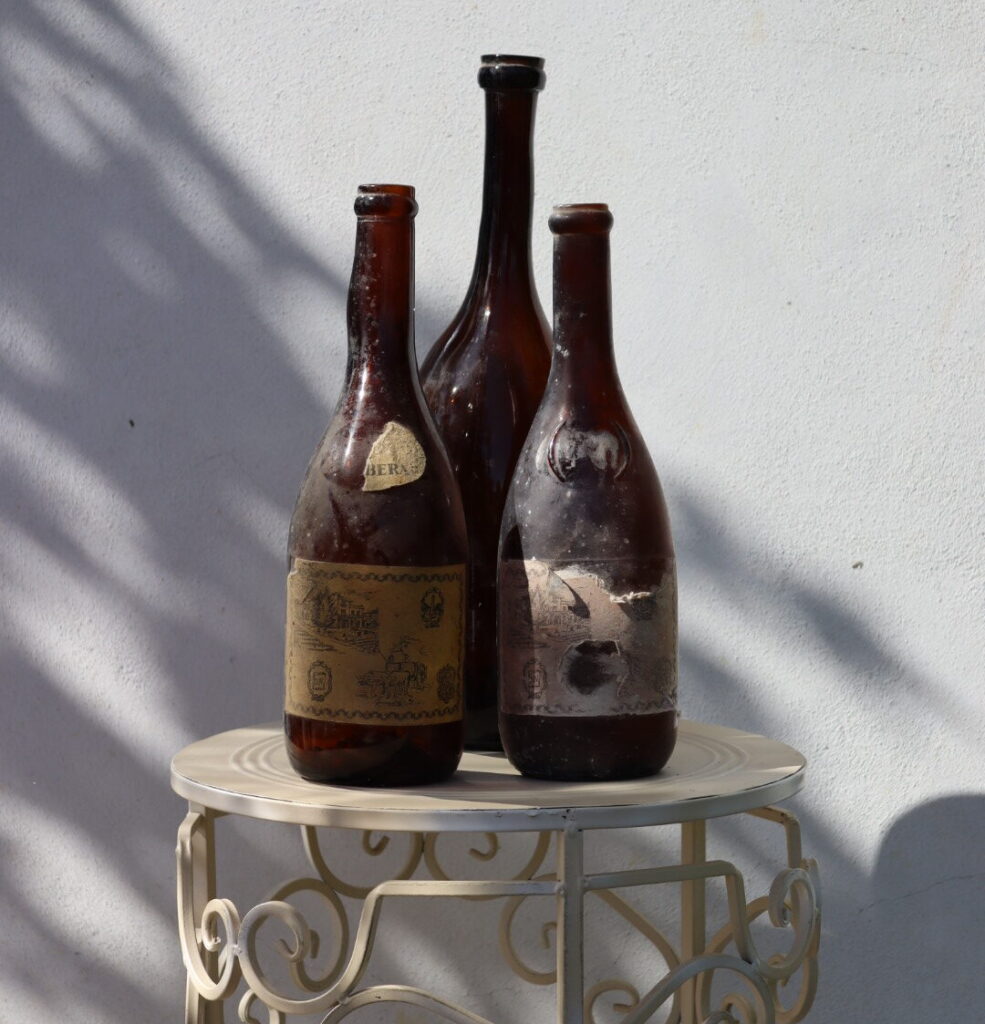Our Seasons
season
2024
The year began with early budding due to mild winter temperatures, but a drop in temperatures at the end of April affected flowering, limiting fruit set. After an extremely humid and rainy spring, the summer of 2024 proved to be stable and dry, creating favorable conditions for regular and healthy development of the bunches. Constant monitoring work was essential to ensure a healthy harvest. September and October offered dry and cool conditions, allowing the grapes to be harvested at an optimal state of ripeness. Despite a complex start to the year, thanks to careful and correct phytosanitary management of the vineyards, the season ended successfully and with the promise of extremely interesting qualitative potential.
history
1958
Meteorological 1958 is often used as a reference because it marks the beginning of systematic and continuous meteorological surveys in many areas of Italy, including Piedmont. Before that year, climate data were collected in a less precise or discontinuous way. Having a complete and reliable historical series starting from 1958 allows us to compare current conditions with long-term climate averages, highlighting any anomalies or significant changes.

2022
It was one of the driest years ever recorded in Piedmont, with a reduction in precipitation of about 40% below the historical average. The winter of 2021-2022 was particularly dry, with direct consequences on water reserves and crops, including vineyards.
2023
Although slightly less extreme than 2022, Piedmont continued to suffer from a significant water deficit. Despite some rain events in spring, the summer was hot and dry, with above-average temperatures and little precipitation.
2024
After two consecutive years of extreme drought, 2024 saw a significant increase in precipitation, especially in the first five months of the year. The months of February (+ 232%), March (+ 322%) and May (+ 88%) were among the wettest on record since 1958, helping to restore the soil’s water reserves and reduce accumulated dryness. This favored the regeneration of the vineyards, but also created ideal conditions for the spread of pathogens, with downy mildew and powdery mildew.

